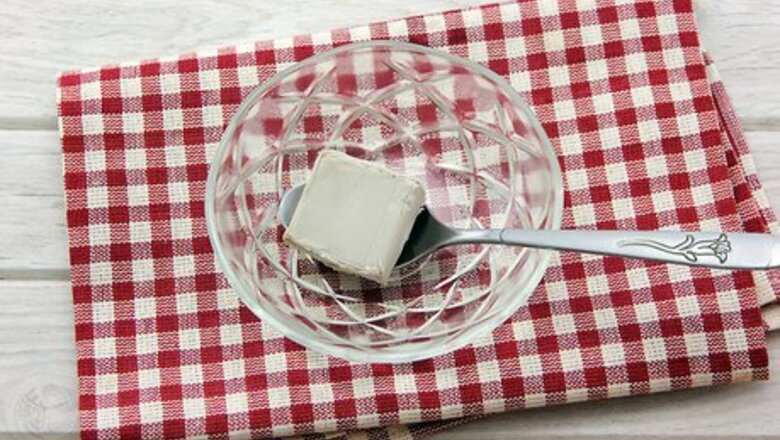
views
X
Trustworthy Source
Food Safety and Inspection Service of the USDA
Food safety information provided by the U.S. Department of Agriculture.
Go to source
If you're not sure how long that yeast has been in the pantry, test its viability.
Testing the Yeast

Remove one sachet of the yeast from the package. If your yeast is in a jar, measure one teaspoon (5 ml) of loose yeast. Set the yeast aside.
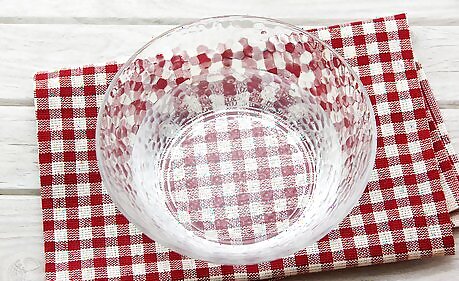
Pour 1/4 cup (59 ml) of lukewarm water into a small bowl. Use a food thermometer to measure the temperature of the water. The target temperature is between 110 and 115 degrees F (43-46 degrees C).

Add the activator. Fresh yeast will react with the either granulated sugar or flour. For sugar, measure 1 teaspoon (5 ml). If you choose flour, use 2 teaspoons (10 ml). Stir or whisk the mixture until the sugar or flour dissolves.

Add the yeast. Most experts recommend stirring the yeast into the sugar water. However, you can also sprinkle it over the surface of the water.
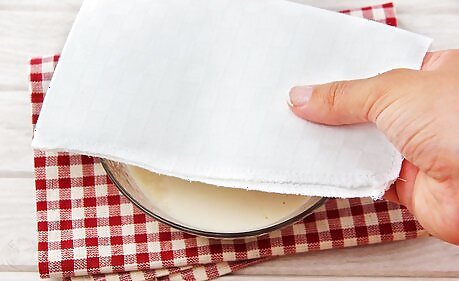
Cover the bowl. If the bowl does not have its own cover, you can use a towel or aluminum foil. Leave the yeast to proof for 10 to 15 minutes at room temperature.
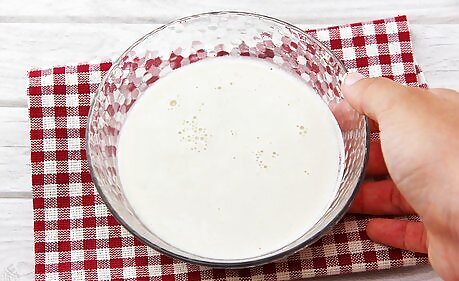
Check the yeast mixture. Live yeast will cause the surface to bubble to the 1 cup (250 ml) mark. This means the yeast is good and will work in your baking. On the other hand, if there is no sign of activity after 10 to 15 minutes, the yeast is no longer viable and should be discarded.
Storing the Yeast
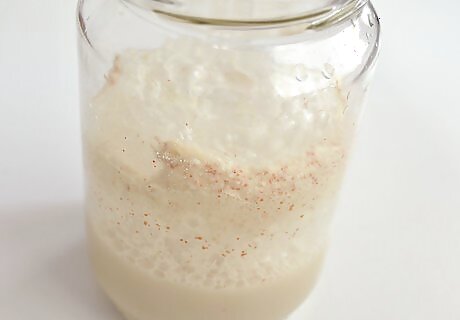
Protect dried yeast from the elements. Sealed sachets or unopened jars protect dried yeast from heat, light, and moisture. However, once exposed to oxygen, it must be kept in a cool, dry, and dark place. Dried yeast may be stored in a cabinet, pantry, or freezer.
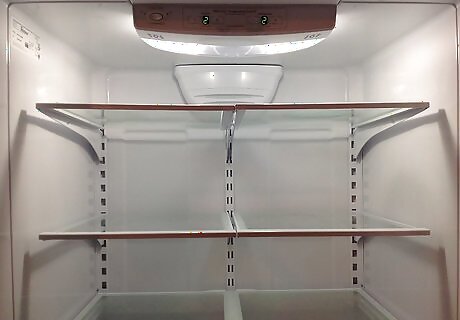
Store fresh yeast in the fridge. Refrigerators provide the necessary cool, dry, and dark environment to preserve yeast temporarily. However, because fresh yeast contains moisture, it must be used within two weeks.

Organize your storage space. Note the use-by dates on all products in your cabinet or pantry. Place the items with earlier dates, such as yeast, in the front and those with later dates in the back. This way, items that expire within short time frames catch your attention easily.




















Comments
0 comment